The Blue Winged Kookaburra
Bird watching has always been a passion over the years. These handsome Blue-winged Kookaburras
fly in once or twice a year and perch on my rotary clothesline. They will sit very patiently with beady eyes watching the garden bed for any movement. Quick as a flash they dive down to the garden bed, fly back up in seconds to perch with a lizard or gecko in their beak. They will slap their prey around for a while before swallowing it.
Children enjoy birdwatching too
My grandchildren were visiting one day when the Kookaburra flew in. I told them to creep down the back steps as quiet as they could, sit at the laundry door and watch. They were fascinated by this beautiful bird with its bright blue wings and piercing eyes. They sat patiently until it had eaten a lizard or two from my garden before it flew off again. Below are a couple of pics I have taken on the occasions when the Blue-winged Kookaburras visited my backyard garden.
Facts handy to know about the Blue-winged Kookaburra for bird watching
The Blue winged Kookaburra is a member of the kingfisher family
, native to northern Australia and southern New Guinea.
It has a large creamy white head with brownish streaks, and a big strong beak.
It has a brown back with blue wings.
The male is distinguished by its blue rump and blue tail feathers.
The female has a blue rump with a reddish brown barred tail
The Blue-winged Kookaburra has a distinctive light eye color.
Habitat areas of the Blue-winged Kookaburra for bird watching
Blue-winged Kookaburras are widely distributed in Australia and are found in tropical and subtropical eucalyptus woodlands and forests. They frequent paper bark swamps and timbered areas along watercourses, and these areas provide excellent opportunities for Bird watching
.
Feeding habits of the Blue-winged Kookaburra
Blue-winged Kookaburras live on a varied diet which include snakes, lizards, large insects, mice other small mammals and birds; also frogs when abundant in the wet season. The beak of the Blue-winged Kookaburra has a special groove near the end of the upper mandible, which helps in holding the prey, while the prey is first beaten against a branch and then swallowed.
Breeding habits of the Blue-winged Kookaburra
The Blue-winged Kookaburra is a co-operative breeder which is; a group made up of a breeding pair and one or more helper birds, usually the siblings from the previous clutch, who help their parents raise the young ones.
They breed in late spring (September to December).
The nest is usually in a natural tree hollow high up in a tree, often 8Oft up.
3-4 whitish eggs are laid.
Incubation period about 26 days.
The nestlings spend another 4-5 weeks in the nest.
The juvenile birds are then taught to hunt by their parents for a further 6-10 weeks, before they can properly fend for themselves.
Co-operative breeding was obviously what I was seeing and listening to at The Palmetum, Townsville city that afternoon. These photos aren’t wonderful as the Blue-winged Kookaburras were so high up in the trees (40ft high), but it was very interesting to stand and watch their antics and listen to their amazing vocal renditions. Obviously this was a nesting site with the parent birds and helpers at feeding time, or were they celebrating new arrivals? It sounded like a very joyful occasion. Do take your camera
on these excursions to the botanical gardens of Townsville City, there is bound to be many birdwatching opportunities.
The call of the Blue-winged Kookaburra
The call of the Blue-winged Kookaburra has been described as a loud maniacal cackle or a raucous laugh (I prefer the latter description), developing into loud trills and then ending abruptly.They often call in groups from a high perch in trees and their calls resonate loudly through the forest.
In the early days, the laughter of the Kookaburra was an especially welcome sound. The sound of the Kookaburra’s raucous laughter at dawn, lifted the spirits of many isolated families living in the Australian bush, bringing with it the expectation of a bright new day. Other were terrified by the sound, never having experienced it before, and unsure of what it was.
Enemies
The Blue winged Kookaburra has two main enemies which pray upon it, they are the Red Goshawk and Rufous Owl. In the wild their nests may be raided by Olive Pythons, Quolls (a native cat) and goannas.
The adult birds are slow flyers and as a consequence are sometimes hit by cars on country roads. Land clearing has also affected their habitat areas over the years, however, the Blue-winged Kookaburra has proved very adaptable and is surviving.
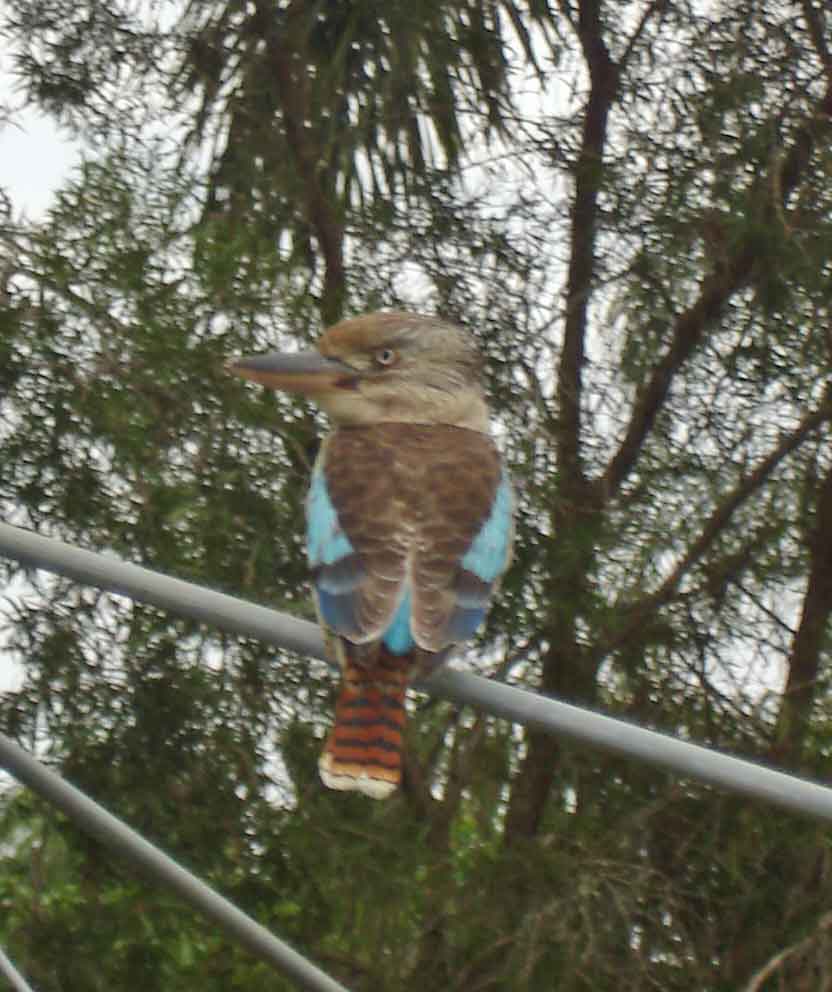
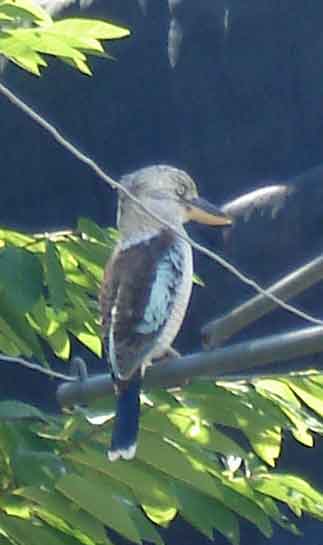
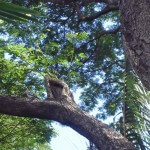
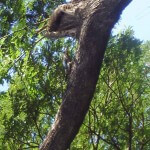
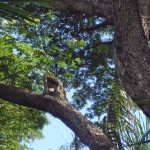
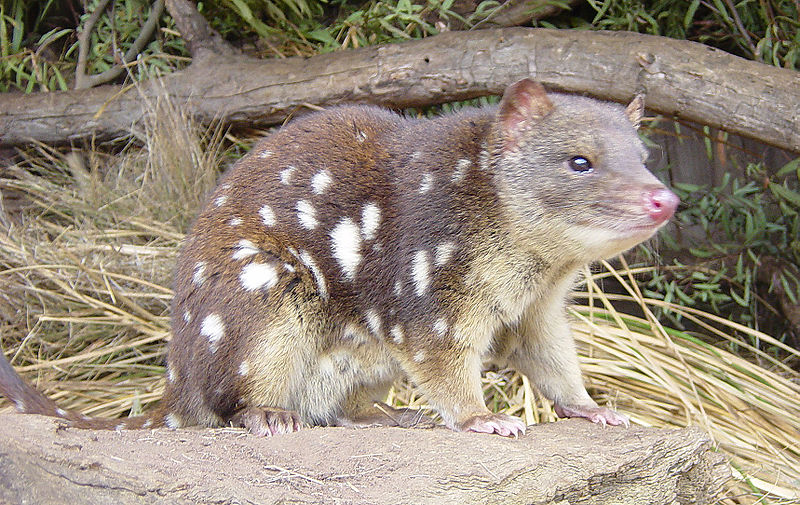
That’s a very pretty bird. You caught some nice pictures of it. I found the part where you mentioned the “helper bird” quite interesting. I have never heard of birds having a baby sitter before. I wonder how certain kookaburra’s get dubbed as the helper while others get to breed?
I used to be an avid purple martin enthusiast. We had a purple martin house and I spent two years trying to attract them. Several pairs finally came. They wee a joy to watch. As members of the swallow family they primarily ate insects. You could see them swooping around all over the sky catching insects. Sometimes they would gang up on a hawk and drive it from the neighborhood.
Hi Jason, From what I have read about the blue winged Kookaburra the helper birds are the offspring of the breeding pair from the previous years clutch. So it is like older brothers and sisters helping their mum and dad with the new offspring.
We have martins here to (Fairy Martins and Tree Martins). They often sit on the overhead wires swooping to catch insects. They are pretty to watch and so graceful in flight.
I’ve never seen this kind of bird in person before, so pretty!! I’d love to hear its call, I wonder if there’s a recording anywhere I could listen to?